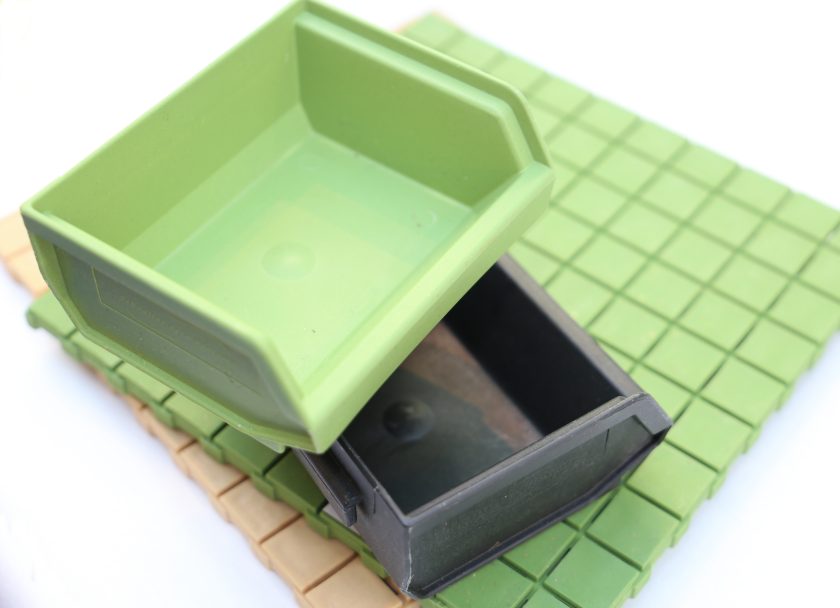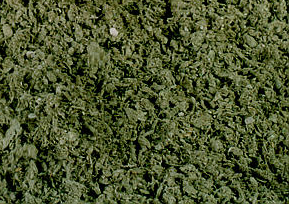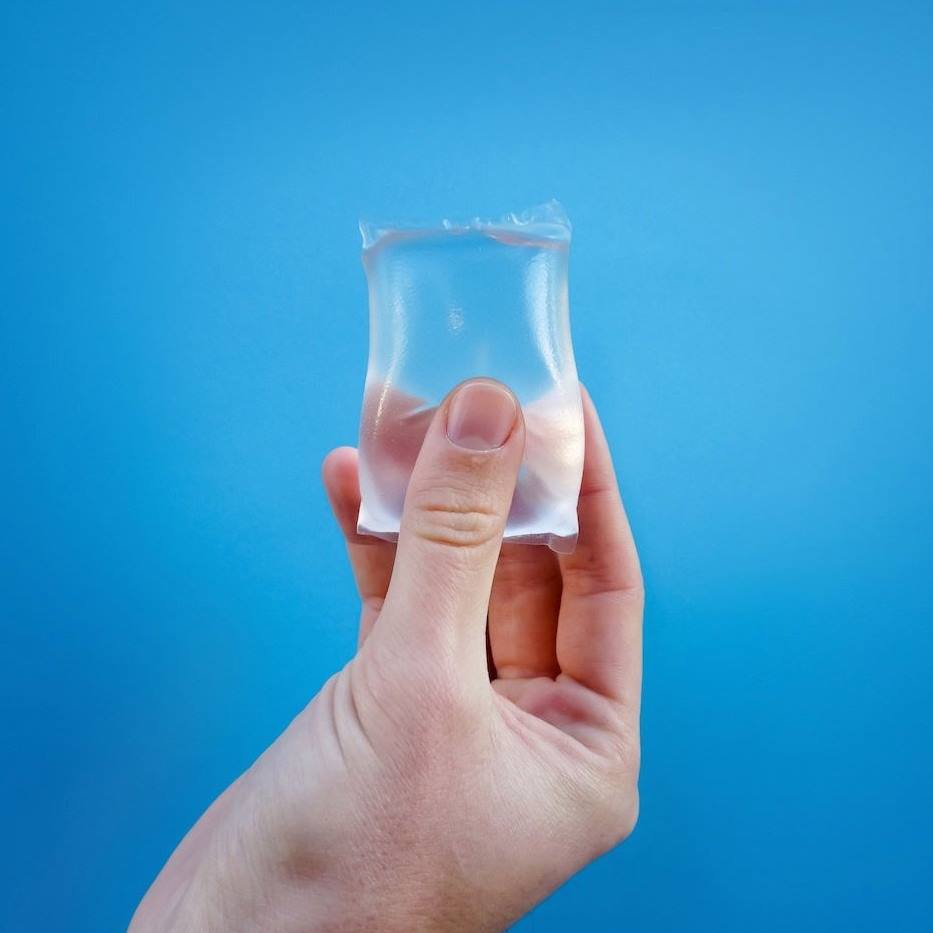
By using side-stream waste materials from paper and cardboard production as a substitute for plastic, research from Finland’s VTT Technical Research Centre points naturally toward an attractive option for reducing manufacturing costs, cutting the use of oil-based polymers, and lowering the overall environmental impact of plastics manufacturing.
“Paper or plastic?”
It’s a question posed so often that it’s practically become a pop-culture cliché. But thanks to results from an innovative demonstration project, a group of scientists at VTT are compelling material scientists to consider a compelling twist on that question: “Paper for plastic?”
Paper, Meet Polymer
In simplest terms, VTT’s approach mixes side-stream waste from paper production with renewable and petrochemical-based polymers to create “biocomposites”—novel, eco-efficient materials that researchers believe could replace up to half of oil-based polypropylenes.

It all starts with the production of paper and cardboard, which creates side-stream fibers and mineral fillers that are typically lost. That’s precisely where the VTT team recognized a natural opportunity: Take something that’s typically discarded, mix it with a tried-and-true material, and create entirely new composites that offer the potential to deliver multiple financial and functional benefits.
At the beginning of their work, VTT researchers collected deinked pulp, fly ash and non-biological sludge, and, after pretreating them, mixed them with thermoplastic polymers. They then melted those blended materials with additives to create composite granules that could be used in manufacturing.
Mixing in just the right amount of side-stream material is critical, since the ratio of “paper waste-to-polymer” in the recipe impacts key product characteristics, including strength, stiffness, heat resistance, appearance and texture. Similarly, the choice of polymer plays an essential role: Depending on which polymers are added to the initial mix, the end result is a finished product that’s either biodegradable or non-biodegradable.
Finding Proof in the Product
With rich possibilities for injection molding and extrusion top-of-mind, VTT’s researchers put their theories into practice by partnering with five manufacturers to initiate trial projects that used up to 30{f716f8da2bc6b8773d14b7ed437079b0125eeaf2794552f16b05c896ce8f16c3} deinked pulp, fly ash or sludge:
- Floor Tiles – In conjunction with Plastec, the team illustrated the potential for enhancing existing applications by producing new plastic floor tiles in green, gray and black colors, each produced from a different side-stream material.
- Ice Scrapers – Here, the goal was similar: To see how well the new raw materials could mimic the attributes of another common plastic product, this time injection-molded ice scrapers produced by All Plast AB.
- Small Containers – A subsidiary of Schoeller Allibert was enlisted to help produce small plastic containers from a side-stream and polymer blend. The fly ash and total sludge demos were successfully manufactured, but the team encountered problems when using deinked pulp.
- 3D Printer Filament – Producing filament for 3D Printers (with help from Guringo Design Studio) uncovered that side-stream composites could work if: (a) the matrix polymer fits the application; and (b) if the fiber/filler size of the side-stream material fits the 3D apparatus and nozzle.
- Profile Extrusions – Swiss company HakaGerodur assisted with development of extruded plastic profiles, and the VTT team discovered that deinked pulp would work, but precise die and calibration settings would be required for a “perfect run.”
For the true potential of side-stream composites to be realized, though, VTT researchers caution that ample hurdles still must be crossed. For example, there are no clear government regulations that govern such materials. Plus, as regulations do take shape, they’ll undoubtedly vary from country to country. And material safety considerations, including, for instance, leaching properties, demand additional research.
Still, the “paper for plastic” possibility is an especially timely one. Increasingly strict waste-disposal laws and growing global demand for sustainable products, after all, are constantly prompting industry leaders to explore new uses for waste materials. VTT researchers believe that side-stream composites could replace up to 50{f716f8da2bc6b8773d14b7ed437079b0125eeaf2794552f16b05c896ce8f16c3} of oil-based polypropylene. And with 322 tons of plastics being produced worldwide each year, use of those composites would be poised to add an entirely new dimension to the phrase “waste not, want not.”
The Innovation, Inspiration & Ideas blog was created to share stories and profiles of companies, products and individuals creating innovation in business through inventive material solutions. For more information on why we launched it, read our blog introduction.
Also in Industry Inspiration:

Using Carbon Dioxide to Make Plastics
in Industry InspirationScientists at Rutgers have developed catalysts that can convert carbon dioxide into plastics, resins, fabrics and more. Since carbon dioxide has been identified as a major cause of… Read More

Edible Water Bottles: the next big thing?
in Industry InspirationEdible water bottles could be in your future thanks to London-based startup Skipping Rocks Lab. Their first product, Ooho, makes you rethink “water on the go.” The idea behind Ooho… Read More
